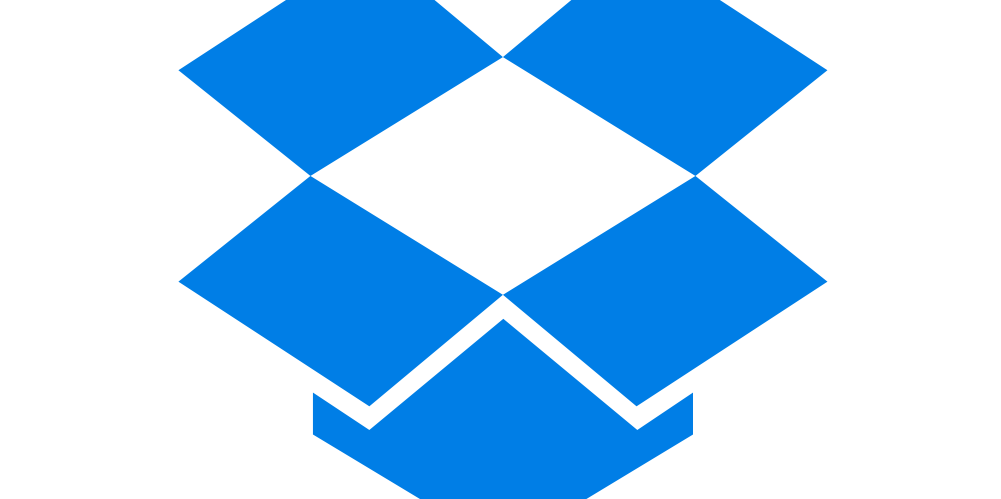It’s constantly surprising to me that people seem to have such widely different ideas of what the term “MVP” or “Minimally Viable Product” really means. Perhaps it’s a result of the term becoming an industry buzzword, or perhaps it’s because it’s used in some very different contexts, but it always baffles me that people focus on the “minimal” part of the term and completely forget the “viable” and “product” side of things. To me, you don’t have an MVP unless you meet all three criteria:
- You have identified the minimum set of features necessary to engage your users and to solve their valuable problem;
- You have identified a way to ensure that your solution is scalable enough, stable enough, and valuable enough that you can confirm your product hypothesis; and
- You actually have something that you can sell, market, or test.
Whenever I think of what MVP means to me, I think of Dropbox, the cloud-based file-sharing system that pretty much encapsulates everything that an MVP should be.
One of the key things that separated Dropbox from other players in the cloud synch market when it launched was its simplicity. You download an app to your computer that runs at boot, and that app creates a folder on your hard drive. Everything you put into that folder gets synched. End of story. No extensive configuration options, no picking what folders to synch, when to synch, or what to do in the case of conflicts. It’s the perfect install-and-go app.
Sure, the creators could have made it more complicated. They could have added other options to synch – your calendar, your contacts, etc. They could have added in advanced sharing options and online whiteboarding with the documents. They could have added on workflow solutions that route your uploaded files through some complex system. But they didn’t. Because they knew that they had the solution they needed.
The app creates a folder, and everything in that folder is synched.
Bam! You’ve got an instant backup, as well as online access from anywhere through your phone, tablet, or laptop. You don’t have to worry about downloading the latest version of a file, or running a manual synch process, because it does it in the background.
Think about that for a second:
- The problem they were trying to solve was seamless backup.
- The minimum set of features were to create a folder and synch that folder.
- The infrastructure of the product was flexible and stable enough to meet users’ needs.
- The marketing of the product centered on a freemium package.
It’s literally that easy. You identify the smallest possible set of features that users can actually achieve their goals with, and you build it to be scalable and stable enough for them to actually use.
Then you add on, once you’ve confirmed your hypothesis. Obviously, Dropbox does a lot more now than it did then – sharing of files, photo galleries for those who synch their photos, etc. But all of those came later, and all of those began lives as MVPs in and of themselves.
The next time you’re thinking about what makes a good MVP, think Dropbox. You’ll be glad that you did.



